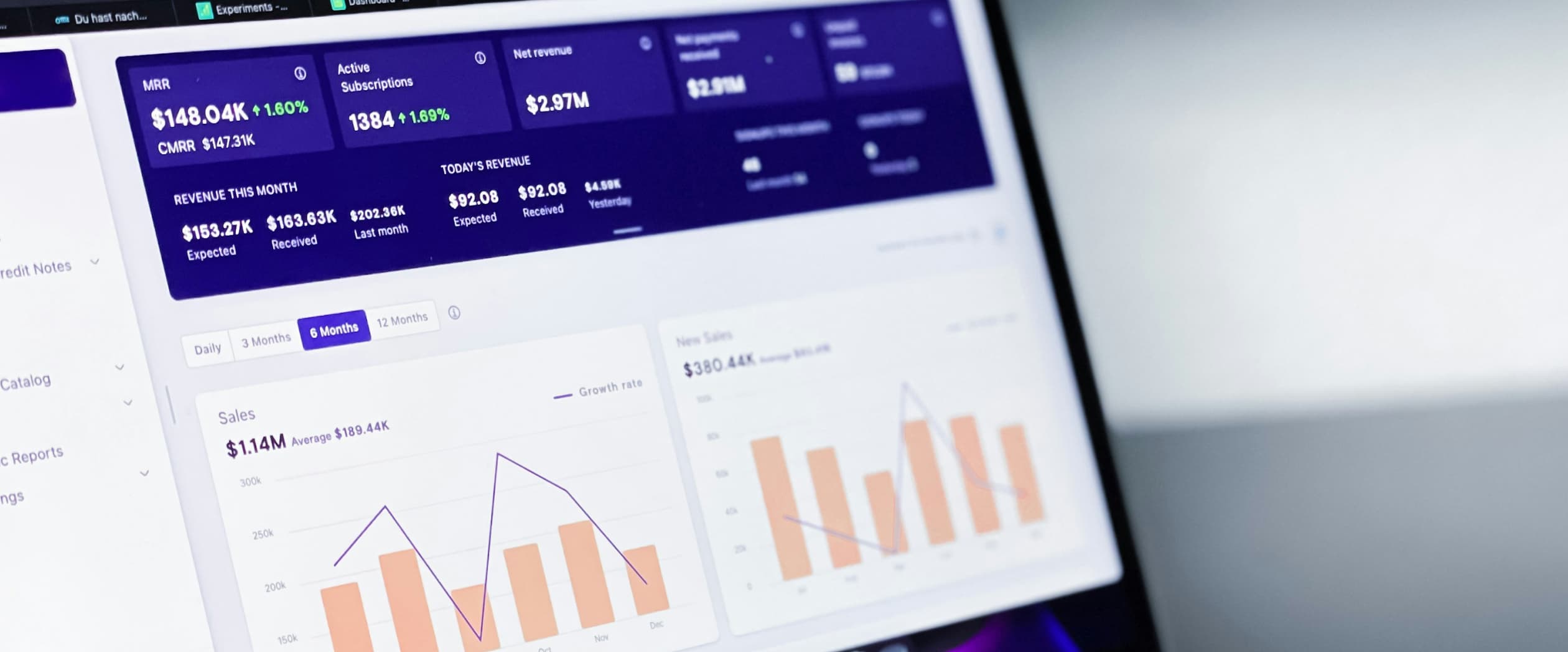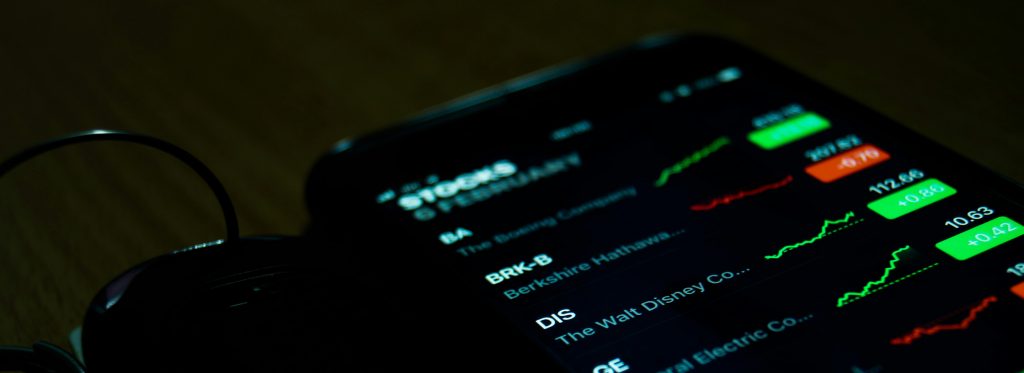How to Identify Micro-Moments in E-Commerce Using Big Data
Learn the use cases of Big Data for micro-targeting and customer journey personalization in e-commerce and how these could be leveraged in your business.

What do delayed and canceled flights mean to you? Chances are your answer ranges somewhere between frustration and quiet rage. But for savvy business owners, these mean opportunity. They treat these as micro-moments that allow them to get in front of customers to help them solve a problem.
What exactly it gives? Well, Red Roof Inn tracks delayed and canceled flights and then, it creates targeted ads to attract users in those areas. That’s a micro-moment in action.
Here’s the best part – micro-moments can be leveraged with all consumer groups in various situations. However, millennials may be of particular interest. They are hyper-connected, mobile, and impatient. Anticipating and meeting their needs at the right moment can be quite lucrative to a business that is in tune.
So, What Is a Micro-Moment?

Every time a consumer turns to his smartphone to satisfy a need, he engages in a micro-moment. He may do this, as some research shows, as many as 150 times a day. And when that micro-moment involves accessing his e-commerce site or app, a marketer ought to know about it.
And “there’s the rub.” Unless marketers can know when and why a consumer has a micro-interaction, he can not plan a path to purchase for that consumer. More importantly, he can not move that customer through that path.
Here are a few examples of micro-moments:
- A smartphone user accesses a site or app because he has heard about a product or service and wants to know more about it. 66% of smartphone users state they do this.
- An “explorer” is looking for something “near me” – perhaps a particular type of food or a hardware store.
- A consumer is looking to make a purchase of a specific item.
- A mobile device user accesses a “how-to” video to learn how to do something or how something works.
These examples are all opportunities for micro-marketing moments if the right strategies have been developed.
Why Micro-Moments Matter in E-Commerce
On the surface, each micro-moment a consumer has with a company may seem to be a small, insignificant interaction sitting by itself. But as a series of interactions happen, they can form a customer journey map – a chain of interlocking micro-moments, that may or may not end up with a purchase.
For years, we have been able to track a customer’s journey from first interaction through a purchase. And we have used that information to do certain things. We redesign a website page because it isn’t keeping visitors engaged, for example. We change text, placement, and colors of CTA buttons and test their effectiveness. We’re trying to get to that perfect user experience.
We want even the tiniest interaction to be smooth, seamless, delightful, no matter how a user has chosen to interact with our brand. That’s why most brands today have to:
- Be Useful. Whatever a consumer needs at the moment, we have to give it to him.
- Be Fast. Today’s mobile user wants his information right now, he wants to find something right now, and sometimes he wants to buy right now.
- Be Proactive. We have to anticipate in advance all of the millions of ways a user might want to interact with us and be prepared to “win” each of those micro-moments with our responses.
Tracking a user journey in real-time has its advantages, but knowing what that journey will be in advance is the biggest advantage of all.
Here’s a simple example from Google to illustrate the point further:
Red Roof Inn saw that about 90,000 passengers were stranded daily in airports all over the U.S., because of canceled/delayed flights. So, the marketers developed a piece of software to track all of these delays and to trigger search ads for Red Roof Inns near those airports at the right time. The micro-moment of the user was to find something fast – a hotel room – and Red Roof Inn targeted it perfectly.
So did it work?
A 60% increase in bookings sure seems like a good answer.
Red Roof Inn was proactive, fast, and useful, and that’s what all e-commerce businesses must be today. To do that a company must learn how to use big data to leverage micro-moments in the same way.
How to Identify Micro-Moments in E-Commerce Using Big Data

Data science has come a long way.
The early analytics that would track what a potential customer was doing on an e-commerce website has given way to a much larger picture of consumer behavior. Now, data can be gathered from everywhere, aggregated, sorted, and, through machine learning, patterns of consumer behavior can be identified.
You can identify those micro-moments in e-commerce that will let you anticipate consumer wants and needs and be ready with immediate responses.
Take the example of a fintech company that wants to increase its mortgage lending.
It develops a specialized algorithm that will gather data about home buyers, their search habits, the types of loans that each borrower demographic finds most attractive when they look for mortgage loans, etc. They can then use that big data for micro-targeting and personalization – offering the types of loans that each demographic wants, as each demographic begins a search.
The same holds true for an e-commerce brand that has any product or service to sell. Once a company has found the right developers to craft an algorithm that gathers and sorts the big data they want, they can then identify the micro-moments of their potential customers that they need to respond to:
- What information are they looking for?
- What are they looking to buy?
- What are the price points they are willing to tolerate?
- And how strong is their motivation to make a purchase right now?
Following the next steps will help you obtain the exact answers to those questions with the help of big data analytics.
Create a Micro-Moments Map
The best way to figure out how to identify micro-moments using big data is to understand the customer journey, and the points along that journey where you can best serve their ‘at the moment needs’.
A micro-moments map isn’t a completely separate entity from a customer journey map. In fact, your customer journey map is a great place to start. When you know the path(s) that your customers may take, and how they will engage with your brand along the way, you can better identify how to implement micro-moments into your e-commerce strategy. For example, you can pinpoint where a customer might be struggling with a problem or seeking the answer to a question.
However, that doesn’t mean you should limit your mapping to the customer journey. Keep in mind that customer journey mapping is a marketing tool that usually assumes that the customer is already engaging with your brand in some way. That’s not always the case with micro-moment mapping.
Going back to the example of Red Roof Inn. The company realized they needed to look at opportunities outside of the traditional customer journey. In their case, they saw an opportunity where airlines gave lackluster service.
It may be helpful to consider competitors as well as those in complementary markets and points in their customers’ journeys where there may be opportunities for you to exploit micro-moments. This can be done using consumer management technology to segment your audience and identify brand categories they may be engaging with.
Gather Data Based on The Types of Moments
According to Google, there are four key moments that identify opportunities to get in front of customers and meet their needs proactively. These are:
- I want to do;
- I want to know;
- I want to buy;
- I want to go.
There are tools that allow you to use big data analytics in e-commerce to recognize those moments and get the most out of them.
“Want to buy” moments can be identified quite nicely using the tools provided in most e-commerce platforms such as Shopify. Google Analytics often integrates with these platforms as well. However, depending on your case, you may be required to do some coding to create that interface.
Big data applications in e-commerce such as Google Analytics can also be used to gather information about other moments as well. For example, collecting data on behavior immediately before users tap their mobile device to request location information or driving directions can lead to great insights regarding “I want to go” moments. Scroll depth analytics and time on page metrics can be your guide to insights regarding “I want to know” moments.
These are just a few examples of using analytics tools in the application of big data for e-commerce.
Keep The Focus on User Experience
You already know that online shopping has more to do with user experience than anything else. This is why you have developed an amazing website, with easy navigation and a seamless shopping experience.
But that is no longer enough. Getting that user to your experience has always been where the “rubber meets the road.” And there’s a lot of content marketing “experts” out there to give you advice on how to persuade shoppers to come to you through your posts and advertising, etc.
And everyone is doing that – nothing about this makes you unique. That is unless you incorporate big data analysis into your model.
But here is what big data does for you. If you get the right developers to design the right algorithms, if you can identify the micro-moments that you can capture with ads and notifications, you will catch the potential customer at the perfect point of time and with the rapid response he wants.
Think about how Netflix does this.
The company gathers data on every micro-interaction a user has with its app. Its algorithm churns all of that data and generates reports that places users in categories based upon all of their micro-moments. It then pushes out personalized interactions with recommendations.
Amazon does the same thing. When a visitor initiates a micro-moment, just looking for something, Amazon is “on it.” Immediately that visitor gets more information, suggestions, etc.
Then, there is Nestle Toll House that has used data analysis to create a powerful YouTube presence that puts them in the path of millennial bakers who use the platform to meet their needs during “I want to know” and “I want to do” moments. They did this by recognizing an opportunity.
The company used search data from Google and YouTube to learn the most common baking related search terms. Then, they used that information to adjust their millennial customer segment, then created video content accordingly. As a result, nearly 20 million unique visitors have seen those videos in a span of less than two years.
You may not be Netflix, Nestle Toll House, or Amazon. But you can use these trends in big data to identify the touchpoints of your demographic and develop the technology to respond to those touchpoints in real-time.
Romexsoft has a strong history in the development of customized big data solutions for clients from different e-commerce development niches. Our teams craft algorithms that will cut through the noise and provide marketers with precise identification of their demographic’s micro-moments and interactions.





